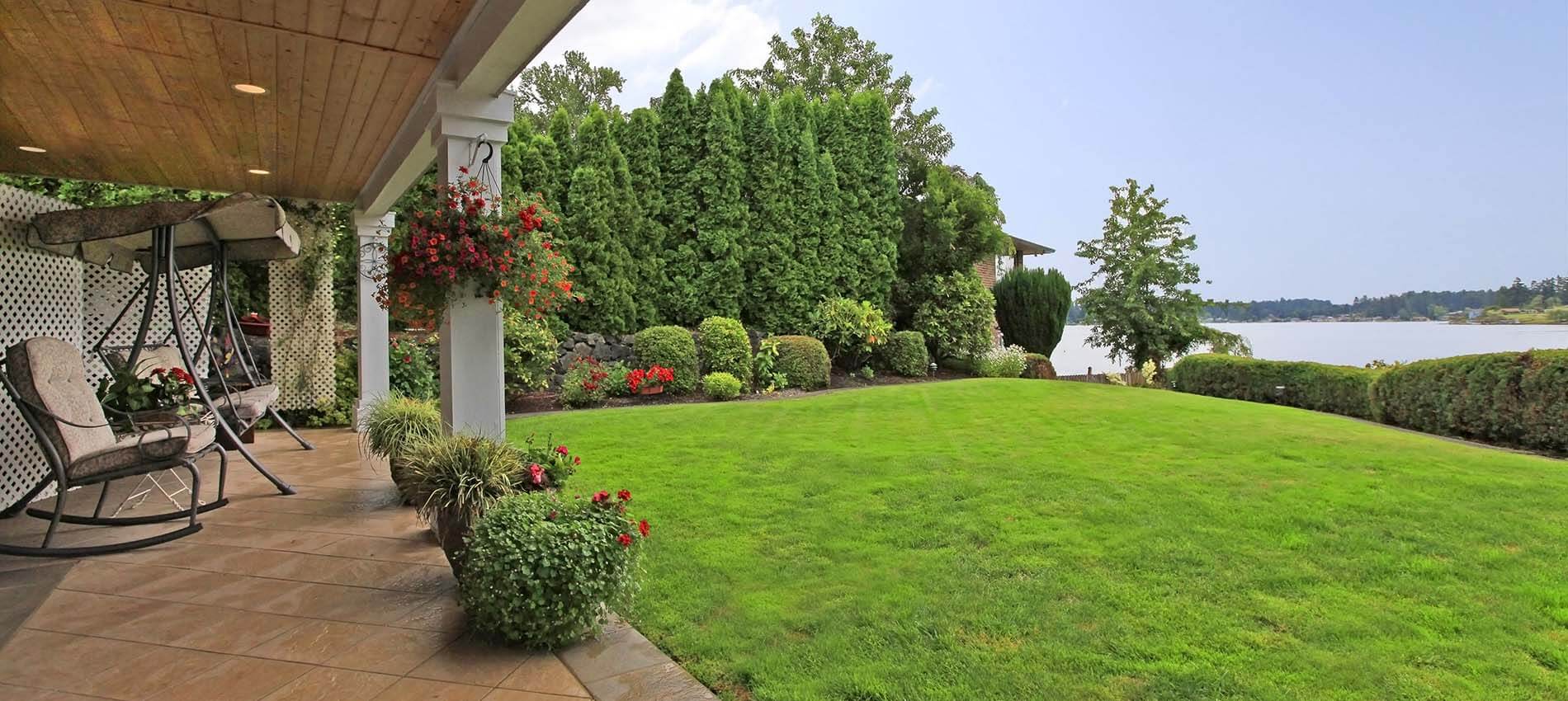Mother Nature is already an excellent designer, making it easy to choose plants for your land, besides what nature already offers. You can select the right plants with just a little bit of know-how and expertise, allowing you to create the landscape of your dreams with minimal effort. Here are some suggestions on how to choose plants for your land.
1. Start with your hardiness zone
Consider your climate before you begin any aspect of your landscape design. The USDA Hardiness Zone map can tell you which plants will thrive in your region. While you can sometimes push the limits and plant species that are designed to grow one zone warmer or one zone colder than your own, it’s usually safer to know before you grow. For example, Aloe will succeed in Arizona or Texas where it’s warm and dry year-round. But the moist soil and wet climate in Seattle will leave you with wilting plants.
2. Think about your lighting
Before selecting your plants, think about the layout of your lawn in regards to where the light hits. How much light does each area receive? Make sure you research the light requirements of each plant. Some need full sunlight, while others prefer a little bit of shade.
3. Test your soil
Test your soil by dropping off a sample at your local cooperative extension or buy a mail-order soil test kit to check it yourself. The type of soil you have can impact the success of your plants. Some plants do best in clay soil, while others prefer loam or sand. You need to know the structure and mineral content of your land’s soil before you begin planting.
If you find your specific soil type is undesirable for the kinds of plants you want to grow, don’t panic. Changing your soil isn’t difficult. All you need to do is add amendments. For example, you can fix sandy soil (over a period of time). Adding organic matter like compost allows it to build a more dense and less porous structure.
4. Embrace the native
Choosing native plants means you’ll have the right plants, in the right places, at the right times. By embracing varieties that grow best in your area’s growing conditions, you’ll have flourishing plants with healthy root systems. They will adapt to the climate and are more tolerable to local insects and diseases. Native plants are often found growing wild on your property, but you can also plant new species of endemic flora.
5. Play with size and color
Pay attention to how large plants will grow under ideal circumstances and then space them accordingly. Give them plenty of room for outward and upward growth. Use tall plants to create a screen or to provide a palette for other plants. Think about color and texture when blending new plants with your existing plants.
6. Consider wildlife
This tip is two-fold, meaning how wildlife will interact with your plants and how you can attract pollinators. If you want to outsmart unwanted animals (such as rabbits), install fences to keep them out or choose deterring plants. You can attract animals you might enjoy, like songbirds or deer, by installing water features.
And don’t forget the bees and hummingbirds! Make sure you plant at least a few native plants to attract pollinators and to improve the success of all your flowering plants.
Start simple and work with what your land already provides. You shouldn’t have to do a lot of work to design or maintain your landscape. When you think about how to choose plants for your land, consider working with what nature has already given you. Then, add a few colorful native plants to create a low-maintenance oasis on your property.
Meredith Hale is a gardening and landscape writer and design addict. She has coordinated the design on many house-flipping projects, admitting that her favorite part is creating inspired outdoor spaces.
